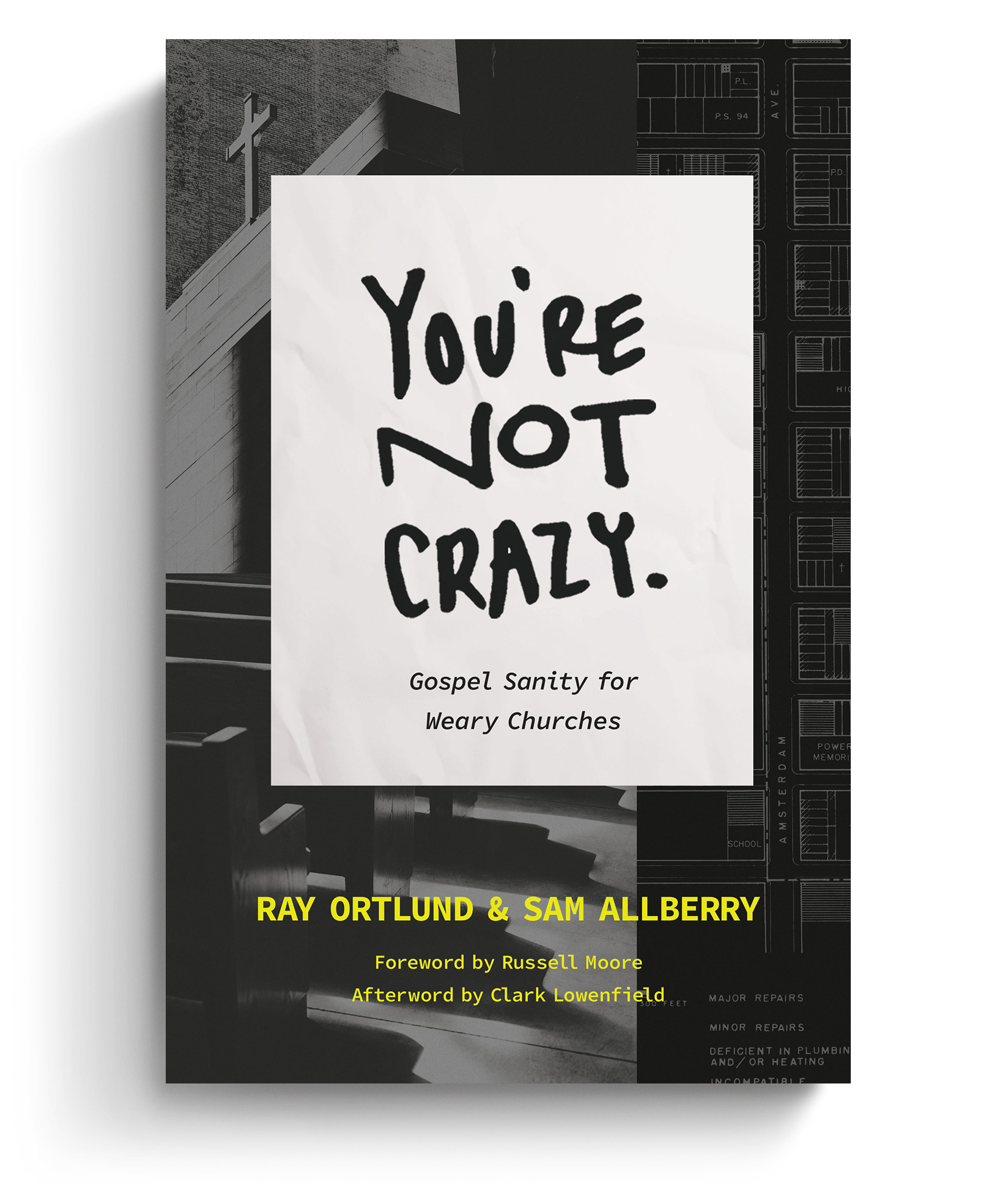This article is also available in Spanish.
What was the same-sex marriage case that was decided by the Supreme Court?
The Supreme Court issued its ruling on the case of Obergefell v. Hodges, which is consolidated with three other cases—Tanco v. Haslam (Tennessee); DeBoer v. Snyder (Michigan); Bourke v. Beshear (Kentucky). These cases challenged two issues concerning whether the Fourteenth Amendment must guarantee the right for same-sex couples to marry.
What issues was the court asked to decide?
The two issues that were answered in this case are:
1. Does the Fourteenth Amendment require a state to license a marriage between two people of the same sex?
2. Does the Fourteenth Amendment require a state to recognize a marriage between two people of the same sex when their marriage was lawfully licensed and performed out-of-state?
These are known as the “marriage” and “recognition” questions, respectively. The Court answered both in the affirmative.
What did the Court rule?
The Court ruled the Fourteenth Amendment requires a State to license a marriage between two people of the same sex and to recognize a marriage between two people of the same sex when their marriage was lawfully licensed and performed out-of-State. As Justice Kennedy wrote, “The right to marry is a fundamental right inherent in the liberty of the person, and under the Due Process and Equal Protection Clauses of the Fourteenth Amendment couples of the same-sex may not be deprived of that right and that liberty. Same-sex couples may exercise the fundamental right to marry.”
Why did the argument rely on the Fourteenth Amendment?
The Supreme Court rarely recognizes new “fundamental rights” in the Constitution that have previously existed, which is what many opponents of same-sex marriage say was being demanded. Because of this obstacle LGBT marriage advocates claimed that the right to marry is already well established and they simply want access to it in order to marry a person of their choosing.
What is the argument that the Court is creating a new “fundamental right” by allowing same-sex couples to marry?
As the ruling notes, marriage is currently considered a “fundamental right” by the Supreme Court and clearly applies to opposite-sex couples. When considering whether an asserted right is “fundamental,” says Chris Gacek, we are to rely on the test that the court set out in Washington v. Glucksberg (1997).
First, the court requires the presentation of a “‘careful description’ of the asserted fundamental right or liberty interest.” The claimed right must be described precisely. Second, such rights must be “deeply rooted in this Nation’s history and tradition.”
Furthermore, the right must be “so rooted in the traditions and conscience of our people as to be ranked as fundamental.” The sought-after right must be “implicit in the concept of ordered liberty” so that “neither liberty nor justice would exist if (it was) sacrificed.”
In the current cases, a broad definition like “being able to marry the person of one’s choice” does not describe what the plaintiffs seek. They are permitted to marry at present, but they must marry a person of the opposite sex.
That is how the right to marry has always been understood, but that is not the type of marriage the challengers want. Rather, they seek the legitimation of a new right—a right to a governmentally recognized conjugal arrangement for persons of the same sex.
Why didn’t the Supreme Court let the American people decide the issue?
Justice Kennedy explained the Court’s reasoning by saying, “While the Constitution contemplates that democracy is the appropriate process for change, individuals who are harmed need not await legislative action before asserting a fundamental right.”
Who wrote the opinion for the Court?
Justice Kennedy delivered the opinion of the Court, which was joined by Ginsburg, Breyer, Sotomayor, and Kagan. Justice Roberts filed a dissenting opinion, in which Scalia and Thomas joined. Scalia also wrote an opinion that was joined by Thomas. Thomas also filed a dissenting opinion that was joined by Scalia. And Alito filed a dissent that was joined by Scalia and Thomas.
Prior to this ruling, in how many states was same-sex marriage already legal?
37. Of those 37, 6 were decided by court decision, 8 by the state legislatures, and 3 by popular vote. The breakdown is as follows:
By Court Decision
Alabama (Feb. 9, 2015), Alaska (Oct. 17, 2014), Arizona (Oct. 17, 2014), California (June 28, 2013), Colorado (Oct. 7, 2014), Connecticut (Nov. 12, 2008), Florida (Jan. 6, 2015), Idaho (Oct. 13, 2014), Indiana (Oct. 6, 2014), Iowa (Apr. 24, 2009), Kansas (Nov. 12, 2014), Massachusetts (May 17, 2004), Montana (Nov. 19, 2014), Nevada (Oct. 9, 2014), New Jersey (Oct. 21, 2013), New Mexico (Dec. 19, 2013), North Carolina (Oct. 10, 2014), Oklahoma (Oct. 6, 2014), Oregon (May 19, 2014), Pennsylvania (May 20, 2014), South Carolina (Nov. 20, 2014), Utah (Oct. 6, 2014), Virginia (Oct. 6, 2014), West Virginia (Oct. 9, 2014), Wisconsin (Oct. 6, 2014), and Wyoming (Oct. 21, 2014).
By State Legislature
Delaware (July 1, 2013), Hawaii (Dec. 2, 2013), Illinois (June 1, 2014), Minnesota (Aug. 1, 2013), New Hampshire (Jan. 1, 2010), New York (July 24, 2011), Rhode Island (Aug. 1, 2013), and Vermont (Sep. 1, 2009).
By Popular Vote
Maine (Dec. 29, 2012), Maryland (Jan. 1, 2013), and Washington (Dec. 9, 2012).
How many states had banned same-sex marriage?
13. Of those 12 were by constitutional amendment and state law and 1 by constitutional amendment only; 8 of them have had their bans overturned by the courts, but the appeals were still in progress at the time of this ruling. The breakdown is as follows:
By Constitutional Amendment and State Law
Arkansas (2004, 1997), Georgia (2004, 1996), Kentucky (2004, 1998), Louisiana (2004, 1999), Michigan (2004, 1996), Mississippi (2004, 1997), Missouri (2004, 1996), North Dakota (2004, 1997), Ohio (2004, 2004), South Dakota (2006, 1996), Tennessee (2006, 1996), and Texas (2005, 1997).
How many same-sex couples currently have marriage licenses?
A new research paper suggests that the number of married same-sex couples in the United States in 2013 was around 170,000.
What the bottom line on the ruling?
This ruling states that same-sex marriages—in all 50 states—is now the law of the land.
Are You a Frustrated, Weary Pastor?
 Being a pastor is hard. Whether it’s relational difficulties in the congregation, growing opposition toward the church as an institution, or just the struggle to continue in ministry with joy and faithfulness, the pressure on leaders can be truly overwhelming. It’s no surprise pastors are burned out, tempted to give up, or thinking they’re going crazy.
Being a pastor is hard. Whether it’s relational difficulties in the congregation, growing opposition toward the church as an institution, or just the struggle to continue in ministry with joy and faithfulness, the pressure on leaders can be truly overwhelming. It’s no surprise pastors are burned out, tempted to give up, or thinking they’re going crazy.
In ‘You’re Not Crazy: Gospel Sanity for Weary Churches,’ seasoned pastors Ray Ortlund and Sam Allberry help weary leaders renew their love for ministry by equipping them to build a gospel-centered culture into every aspect of their churches.
We’re delighted to offer this ebook to you for FREE today. Click on this link to get instant access to a resource that will help you cultivate a healthier gospel culture in your church and in yourself.

































